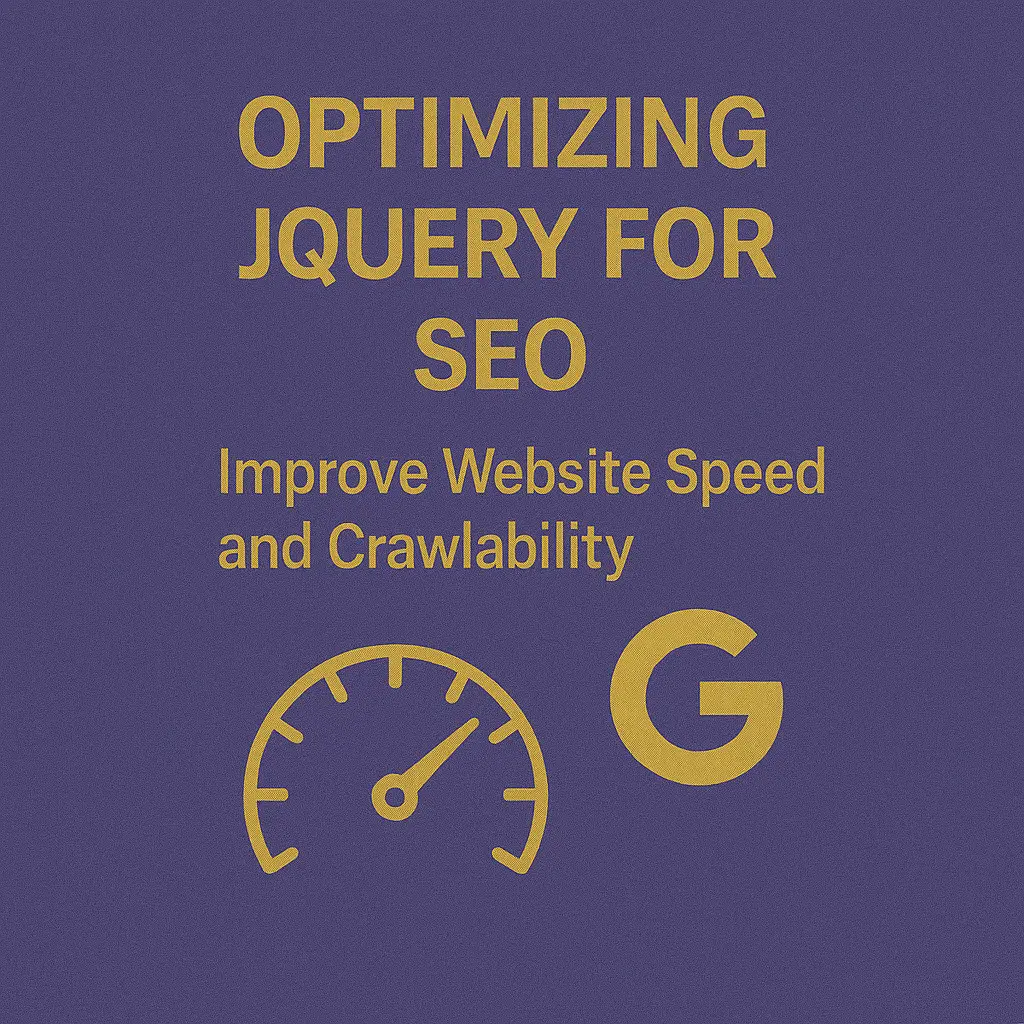In this article, we delve into the realm of jQuery optimization techniques and how they can be leveraged to boost SEO performance.
Making AJAX Content Crawlable
AJAX (Asynchronous JavaScript and XML) has revolutionized web development by enabling dynamic content loading without page refreshes. However, one of its drawbacks is that search engine crawlers traditionally struggle to index content loaded via AJAX. This can lead to poor SEO performance for websites heavily reliant on dynamic content.
Fortunately, there are strategies to make AJAX content crawlable, ensuring that search engines can properly index and rank it. One approach is to utilize the “pushState” method in conjunction with the History API. This method allows developers to update the browser’s URL without triggering a page reload, thus creating a crawlable state for each AJAX request.
// Example of using pushState to update the URL
history.pushState(data, title, url);
By updating the URL dynamically, we provide search engine crawlers with distinct URLs for each state of the content, facilitating indexing. Additionally, employing server-side rendering (SSR) or pre-rendering for critical content can further enhance crawlability and SEO performance.
Progressive Enhancement with jQuery
Progressive enhancement is a web design philosophy that advocates for building robust, accessible web experiences that function across a wide range of devices and browsers. jQuery, with its versatility and cross-browser compatibility, is an invaluable tool for implementing progressive enhancement techniques.
One way to leverage jQuery for progressive enhancement is by optimizing user interactions and animations. Rather than relying solely on JavaScript for event handling, using jQuery’s streamlined syntax can improve code readability and maintainability.
// Example of using jQuery for smooth animations
$('.element').fadeIn('slow');
Furthermore, jQuery’s extensive plugin ecosystem offers solutions for enhancing accessibility, such as implementing keyboard navigation and ARIA (Accessible Rich Internet Applications) attributes. By ensuring that your website is accessible to all users, you not only improve user experience but also signal to search engines your commitment to inclusivity, which can positively impact SEO rankings.
SEO-Friendly URL Structures
URLs play a pivotal role in SEO, serving as a roadmap for search engine crawlers to navigate and index your website’s content. A well-structured URL not only improves usability but also enhances SEO by conveying meaningful information about the page’s content.
When utilizing jQuery for dynamic content loading, it’s essential to ensure that the generated URLs are SEO-friendly. This entails incorporating relevant keywords, maintaining consistency, and avoiding unnecessary parameters or session IDs.
// Example of generating SEO-friendly URLs
var keyword = 'example';
var url = '/products/' + encodeURIComponent(keyword);
Additionally, implementing canonical tags and proper URL redirections can help consolidate link equity and prevent duplicate content issues, thereby bolstering your website’s SEO performance.
Conclusion
In conclusion, optimizing jQuery for SEO involves a multifaceted approach that encompasses making AJAX content crawlable, embracing progressive enhancement principles, and adhering to SEO-friendly URL structures. By leveraging these techniques, web developers can enhance their websites’ visibility and accessibility in search engine results, ultimately driving organic traffic and improving user engagement. Remember, in the ever-evolving landscape of SEO, staying proactive and adaptable is key to maintaining a competitive edge.
With these strategies in mind, web developers can effectively harness the power of jQuery to elevate their websites’ SEO performance and deliver exceptional user experiences. By combining technical proficiency with an understanding of SEO principles, you can ensure that your website stands out in the crowded digital landscape, attracting organic traffic and maximizing its online potential.






